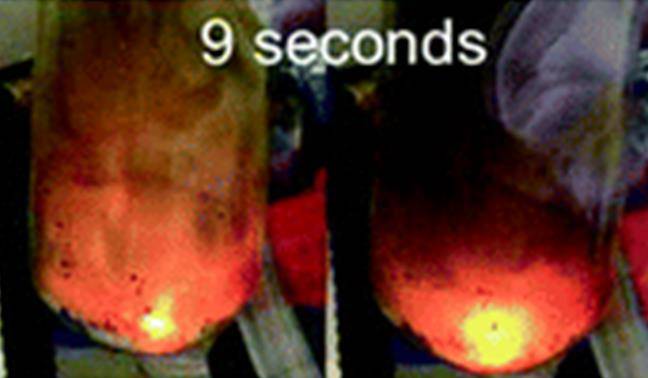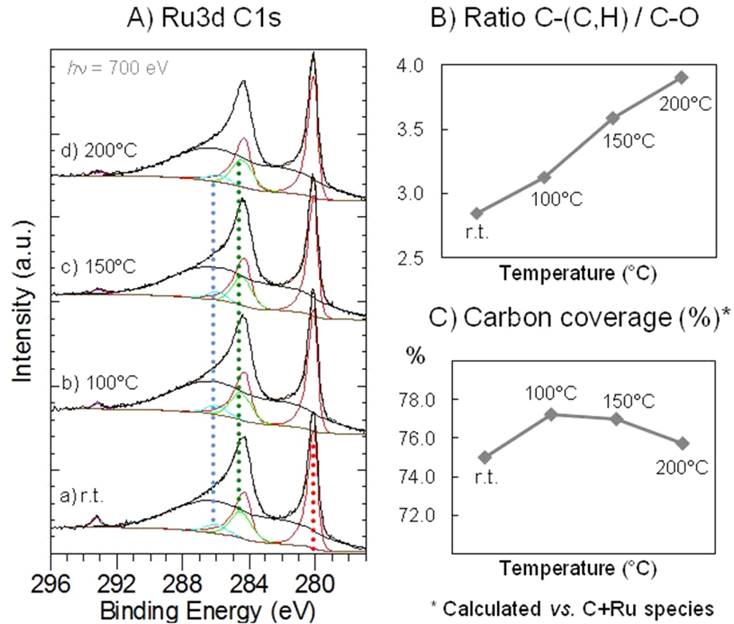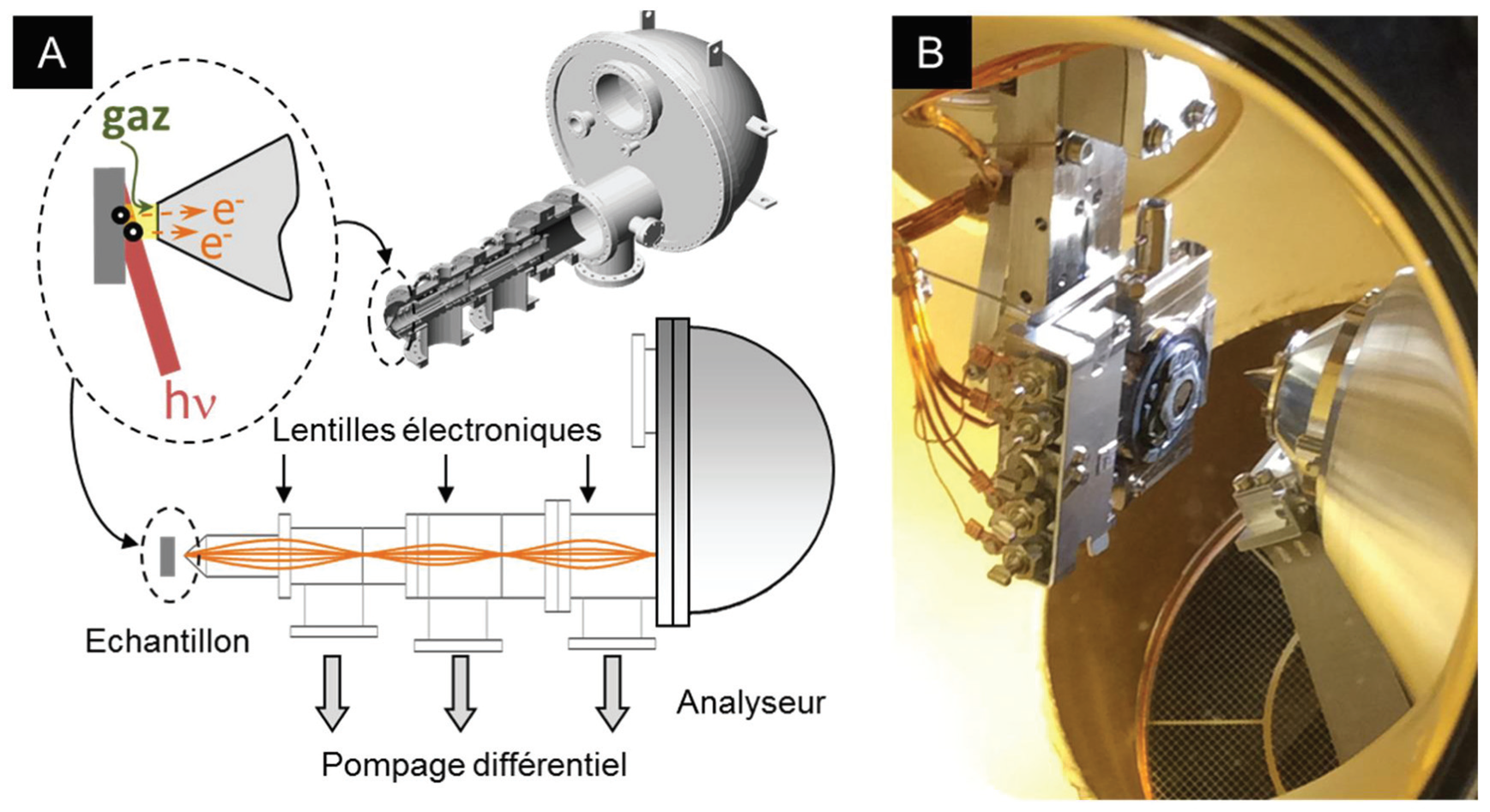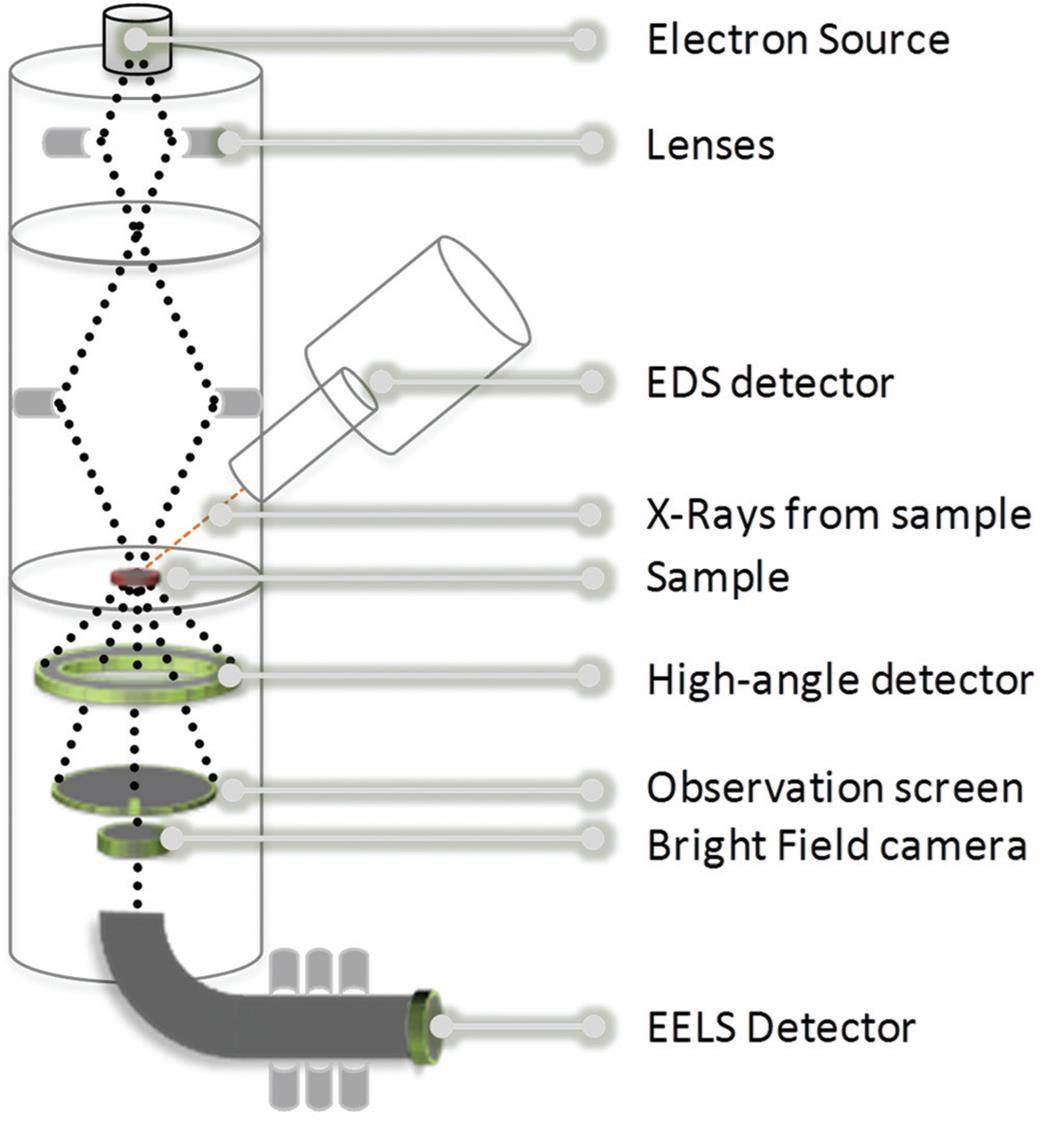Publications
| 2025 (2) | |||
| 2024 (7) | 2023 (5) | 2022 (3) | 2021 (5) |
| 2020 (3) | 2019 (12) | 2018 (5) | 2017 (3) |
| 2016 (4) | 2015 (2) | 2014 (4) | 2013 (7) |
| 2012 (7) | 2011 (1) | 2010 (2) | 2008 (1) |
2016 | Articles and Reviews
An expeditious synthesis of early transition metal carbide nanoparticles on graphitic carbons
|
D. Ressnig, S. Moldovan, O. Ersen, P. Beaunier, D. Portehault, C. Sanchez, S. Carenco, Chem. Commun. 2016, 52, 9546 |
The Active State of Supported Ruthenium Oxide Nanoparticles during Carbon Dioxide Methanation
|
S. Carenco, C. Sassoye, M. Faustini, P. Eloy, D. P. Debecker, H. Bluhm, M. Salmeron, J. Phys. Chem. C 2016, 120, 15354 |
[Article] Observer la surface d’une nanoparticule pendant l’acte catalytique
|
S. Carenco, Actual. Chim. 2016, 408, 93-96 |
Electron Microscopy for the Chemists of Materials
|
S. Carenco, S. Moldovan, L. Roiban, I. Florea, D. Portehault, K. Vallé, P. Belleville, C. Boissière, L. Rozes, N. Mézailles, M. Drillon, C. Sanchez, O. Ersen Nanoscale 2016, 8, 1260 |








